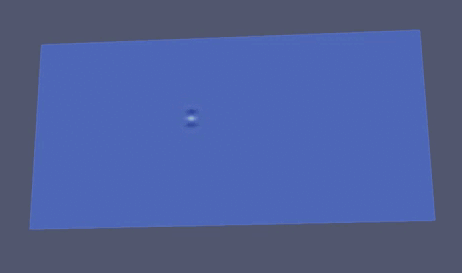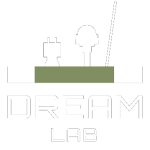Ultrasonic Guided Waves for Metal Plate Structures

This joint project with Prof. Nico Declercq aims at developing a smart embeddable sensor for the detection of defects (mainly corrosion and cracks) in metal-plate structures using guided waves, opto-acoustics and machine learning. By the end of the project, the resulting system will be expected to be integrated onto a mobile tetherless robotic system, hence allowing structural inspection of ship hulls and storage tanks with unprecedented resolution. To this day, the individual technologies have been demonstrated on large-scale systems that cannot be deployed on an autonomous mobile system because of both their weight, volume and energy requirements, and the complexity of the signal interpretation. Bringing them together into a small-sized tetherless smart system is precisely the purpose of this research. This raises significant challenges requiring an integrated view of multiple fields of research.
Simultaneous Localization and Mapping
Determining the sensor position on a large structure is critical for a subsequent acoustic imaging task. It is envisioned that the boundaries of the individual metal plates may serve as structure-bound landmarks for this purpose. Thus, a SLAM framework has been investigated to recover simultaneously the robot trajectory and plate edges from ultrasonic echoes in a sonar-like pulse-echo sensing mode.

Propagation model calibration
As an inspection robot may operate in environmental conditions that may vary significantly, the automatic calibration of the wave propagation model must be conducted for accurate localization and mapping results. By leveraging the principles of optimal beamforming, it is possible to map the boundaries of a metal plate without prior knowledge of the propagation properties.

Ultrasonic occupancy grid mapping with a robotic platform
Ultrasonic measurements are integrated within the Occupancy Grid framework to construct more complete representations of the environment that can be useful for active-sensing, for example, and helps for interference rejection. The applicability of this strategy is successfully demonstrated with a real robotic platform.


Localization of tiny acoustic scatterers
The localization of through-the-thickness alteration of the material from pulse-echo measurements is challenging, due to the low signal intensity and multiplicity of the echoes. A promising solution would be to adaptively remove echoes due to reflections on plate edges (based on estimated sensor position and calibrated propagation model), so that the localization of tiny acoustic scatterers can become feasible.

Work realised by Othmane-Latif Ouabi.

© 2019 – 2023 DREAM Lab – Georgia Tech